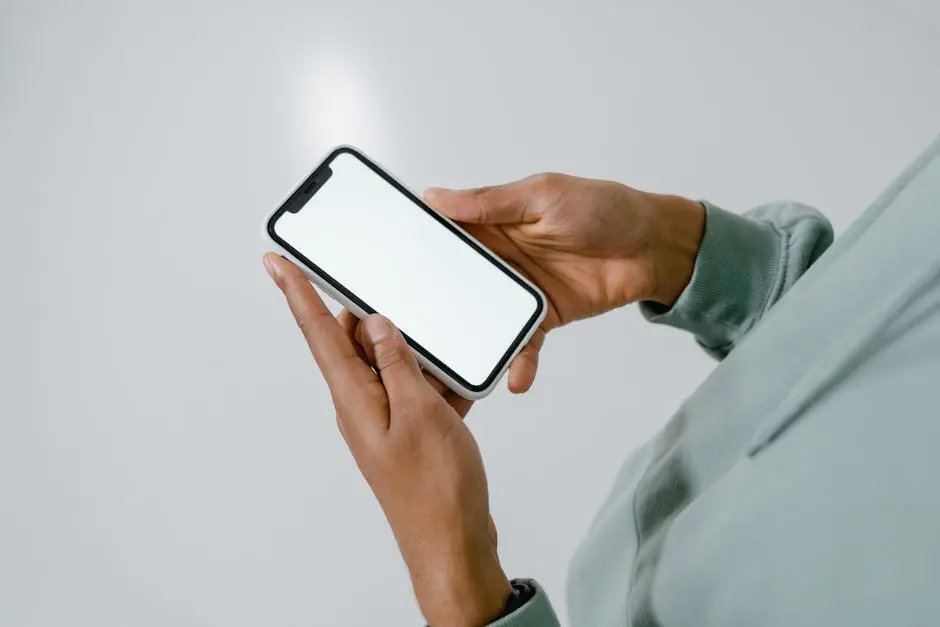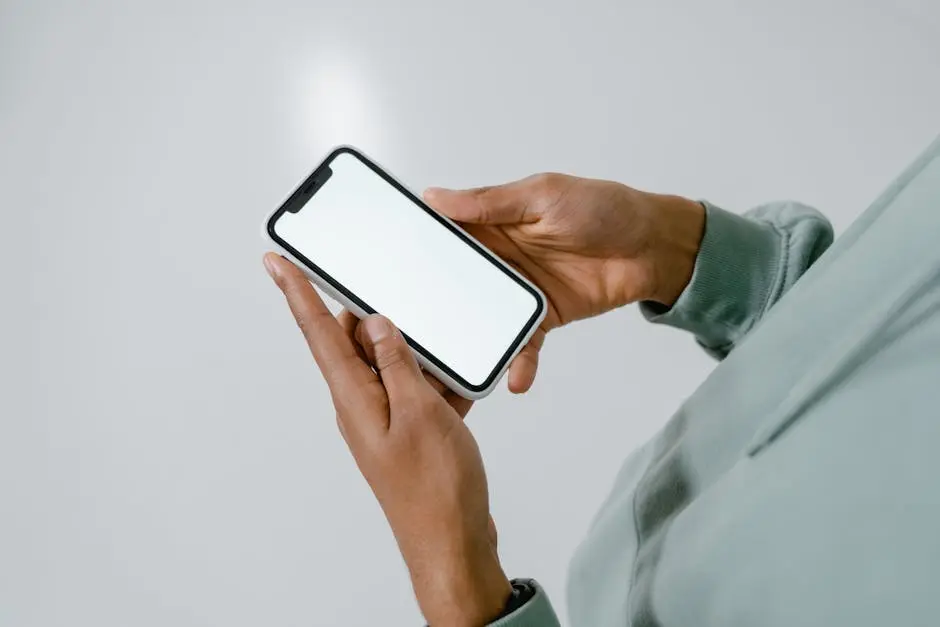When you’re building a Minimum Viable Product (MVP) for your mobile application, it’s important to focus on the essentials. Creating a successful MVP doesn’t just rely on your app idea but on incorporating the right features that resonate with your target audience. Here are some key features you can include in your MVP mobile app to ensure it starts off on the right foot.
1. A User-Friendly Interface
A clean and intuitive user interface is crucial for attracting users. With an easy-to-navigate design, users can quickly understand how to interact with your app, making their experience more enjoyable. Imagine opening an app and instinctively knowing where to tap—this is the power of a thoughtful UI. As you build your MVP mobile, remember that first impressions matter. A user-friendly interface not only retains users but also turns them into advocates for your app.
Consider utilizing familiar design patterns that align with users’ expectations. This reduces their learning curve and increases satisfaction. For instance, placing navigation bars at the bottom for easy thumb access is a small tweak that significantly enhances user comfort. Additionally, leveraging modern design trends such as flat design not only keeps your app looking sleek but improves the loading speed—important for both usability and performance.
2. Essential Functionality
Identify the core functions that your app must perform and ensure these are featured prominently. Avoid overwhelming users with unnecessary features in the MVP stage. It’s vital to pinpoint what makes your app unique. If your app centers around task management, focus intensely on making task creation, editing, and deletion intuitive and seamless. Navigating back to basics allows you to refine your core functionality without cluttering it with extraneous options.
Shedding off excess features might sound counterintuitive but keeps the user experience focused and purposeful. This approach also allows your team to deliver a polished product more swiftly, without getting bogged down by unnecessary complications. As Steve Jobs famously said, ‘Innovation is saying no to a thousand things.’ So, in your journey to designing an MVP mobile app, purposefully opt for simplicity over unnecessary complexity.
3. Smooth Onboarding Process
An effective onboarding process helps users quickly understand the app’s value. Provide clear instructions and use interactive tutorials to guide users through the initial steps. Often, a new user is unfamiliar with how your app works, and a well-crafted onboarding experience can alleviate potential frustrations. Consider implementing progressive onboarding techniques, which introduce features as the user naturally encounters them, making the experience feel more intuitive and less overwhelming.
Interactive tutorials, when executed well, can boost user retention significantly. For example, onboarding through a series of quick animations or offering ‘try-it-yourself’ models provides an immediate sense of engagement. Remember that 20% of apps are used only once after download, but with welcoming and informative onboarding, you can flip that statistic in your favor, ensuring users find value and perhaps even excitement in what your app has to offer right from the start.
4. Secure User Authentication
Implementing a secure authentication process is essential for protecting user data and building trust. Utilize modern security protocols to ensure data safety. Consider user-friendly authentication methods like fingerprint recognition or social media logins, which are both secure and efficient. As the digital landscape becomes increasingly complex, safeguarding user data has never been more crucial. Emphasizing secure channels and encryption not only protects privacy but also enhances your app’s credibility and reliability.
Two-factor authentication (2FA) or even OTP (One-Time Password) can add an additional layer of security without causing too much inconvenience. Regularly updating security measures to combat emerging threats is equally vital. By remaining vigilant and proactive, you are not only ensuring the safety of your users’ data but also fortifying the foundation of trust upon which successful apps are built.
5. Offline Capabilities
Empowering your app with offline functionality can enhance user experience. Providing access to some features without internet connections ensures usability in diverse conditions. Consider apps like maps or note-taking services, where offline access can be a game-changer. For example, if your MVP mobile app includes a reading list feature, allowing users to access content offline can significantly improve its utility.
Furthermore, offline capabilities safeguard against service interruptions, maintaining user engagement even when network issues arise. As mobile device storage capacities expand, temporary data caching becomes a valuable tool in delivering seamless offline experiences. Prioritizing which features should be available offline may depend on user need and app specificity, so it’s beneficial to incorporate feedback from user testing sessions when making these decisions.
6. Push Notifications
Push notifications are a great way to engage users, reminding them of your app and encouraging interaction. Keep notifications relevant and timely to avoid overwhelming users. Personalized notifications, possibly based on user behavior or preferences, can increase the likelihood of user re-engagement. For instance, apps like fitness trackers may notify users about daily goals or health tips, which subtly nudges them back to the app without being intrusive.
Striking the balance between being informative and overbearing with push notifications is key. Mismanagement here can lead to app uninstallation. According to recent studies, 68% of users uninstall apps due to excessive notifications. Tailor your notification strategies carefully, ensuring they offer real value and don’t become intrusive.
7. Feedback Channels
Integrating a feedback mechanism allows you to collect insights directly from users, helping you to improve and iterate the app based on actual user feedback. In-app surveys or prompt discussions can be effective tools for gathering valuable user opinions. Engaging users in this way not only provides insights but also demonstrates that you value and are attentive to their experiences.
Creating open channels for feedback can fortify user relationships, fostering a community around your app. Facebook’s approach with their ‘Community’ button indicates that giving users a voice within the app can lead to increased trust and engagement. It’s essential to ensure the feedback can be submitted anonymously, providing a safe space for users to express their honest thoughts without fear of reprisal.
8. Analytics and Reporting
Implementing basic analytics enables you to understand user behavior and track app performance. This data is invaluable for making informed decisions about future updates. Detailed insights tell you who your users are, what they like, and where they encounter sticking points, allowing you to address these areas more effectively.
Consider tools like Google Analytics for tracking usage patterns and engagement metrics, or tools like Firebase for more robust app analytics solutions. Armed with this data, you might discover unexpected patterns like peak usage times or universally ignored features, offering invaluable clues for iterations. As your MVP evolves, so too should your analytics approach, continuously adapting to deliver the most pertinent insights.


